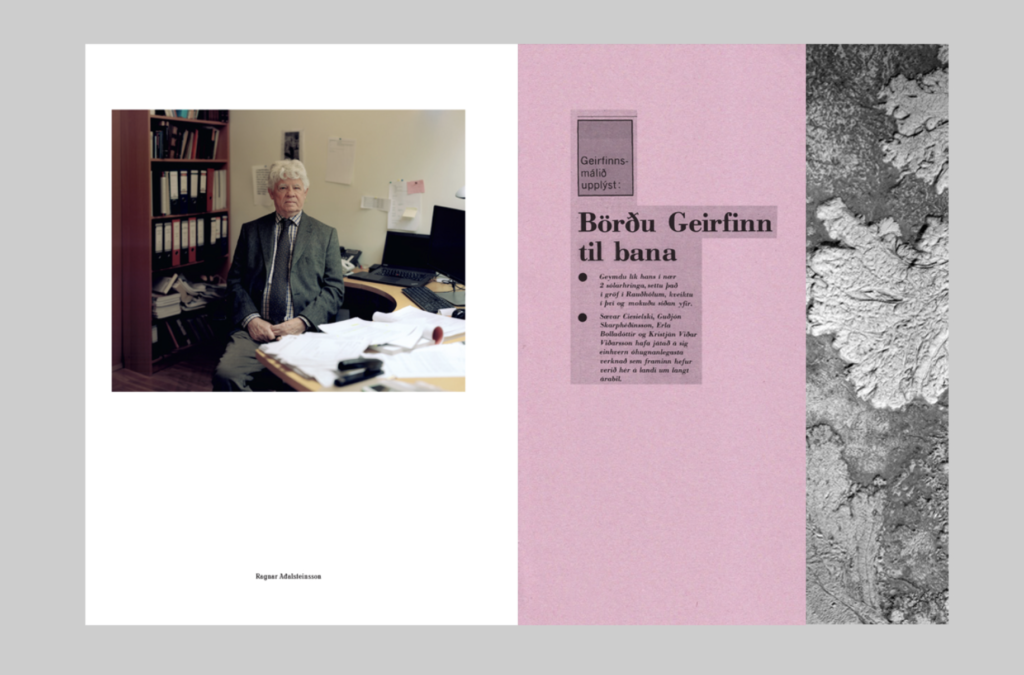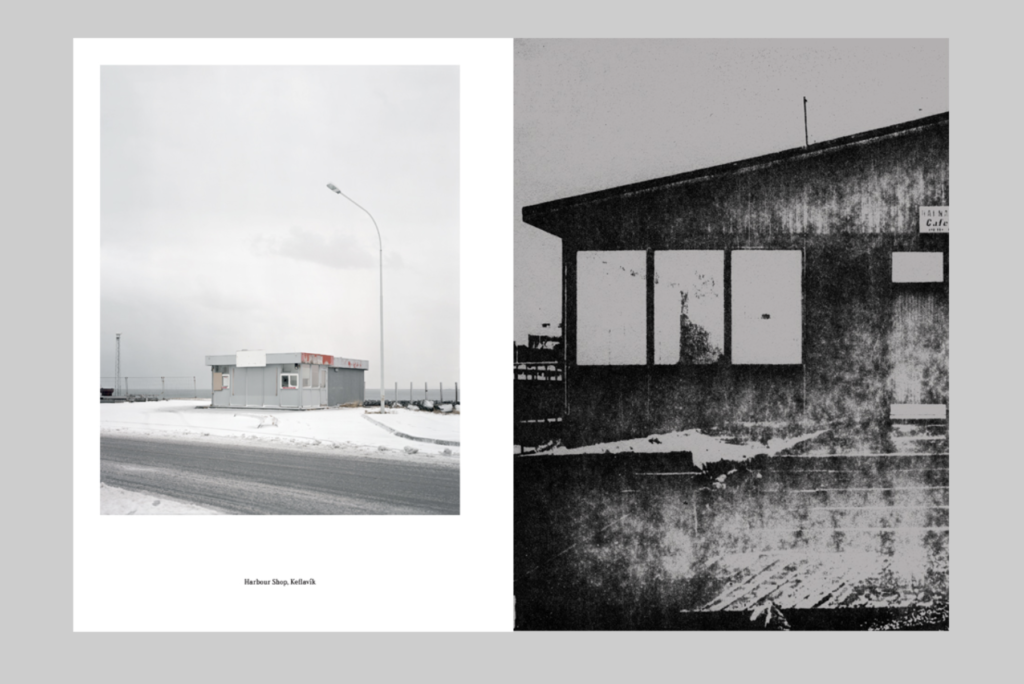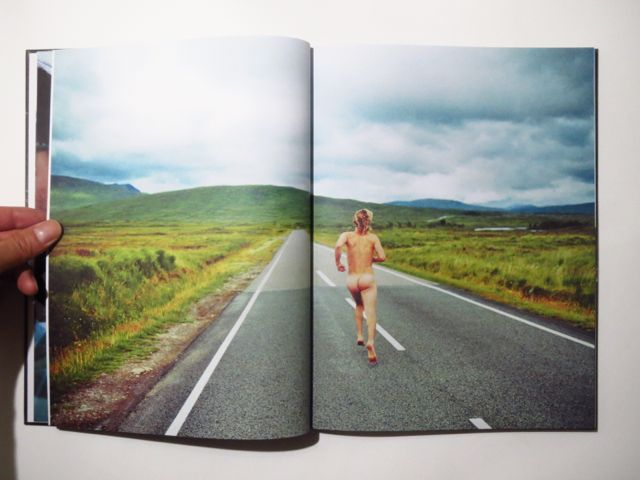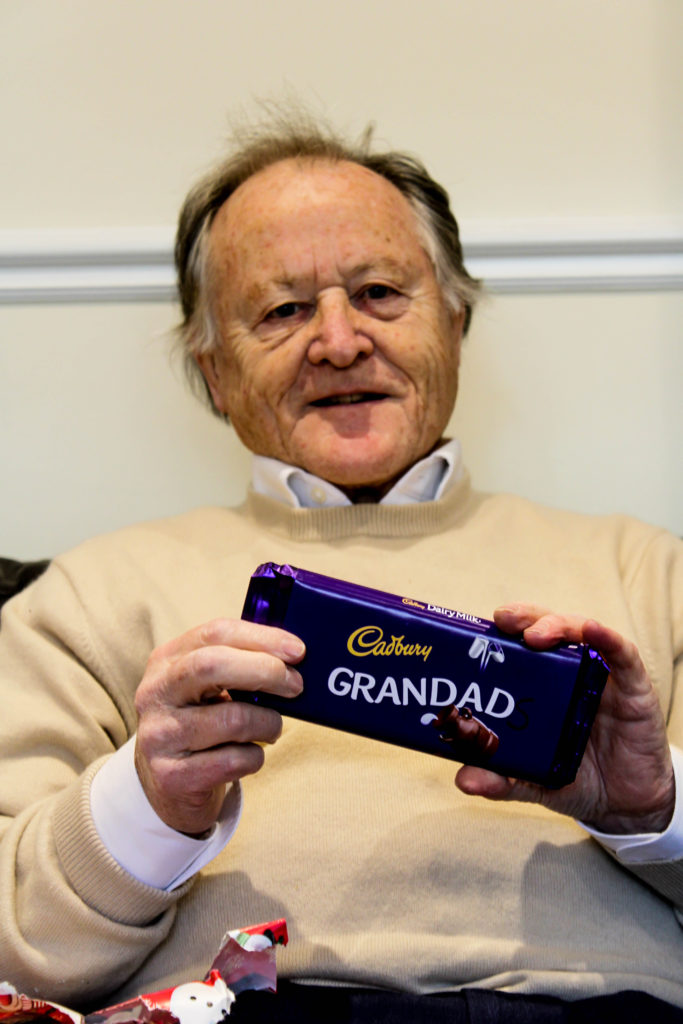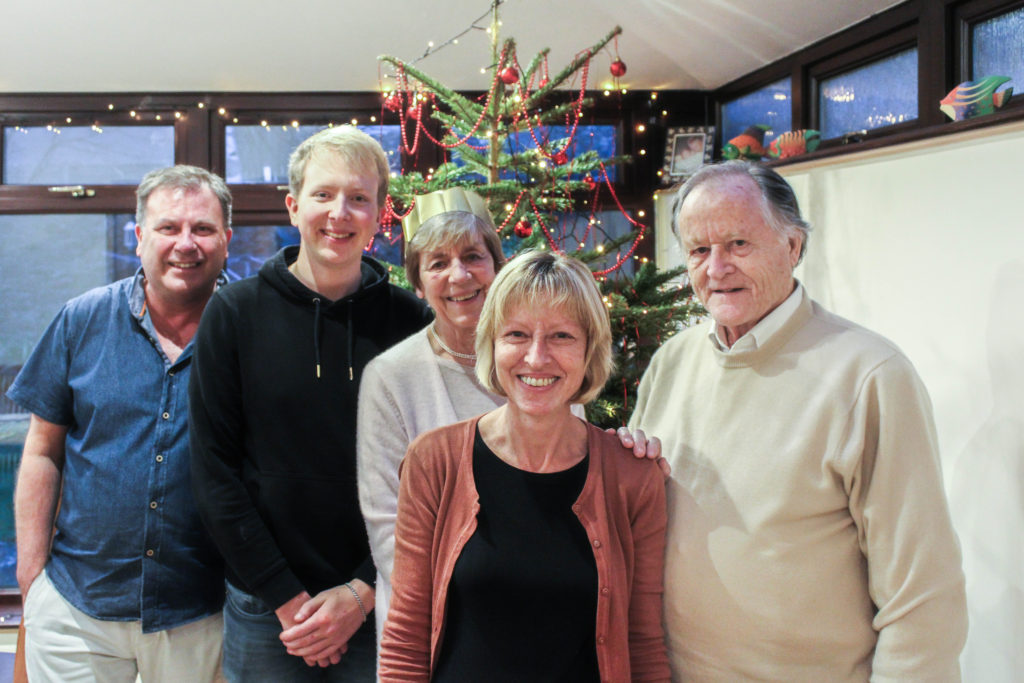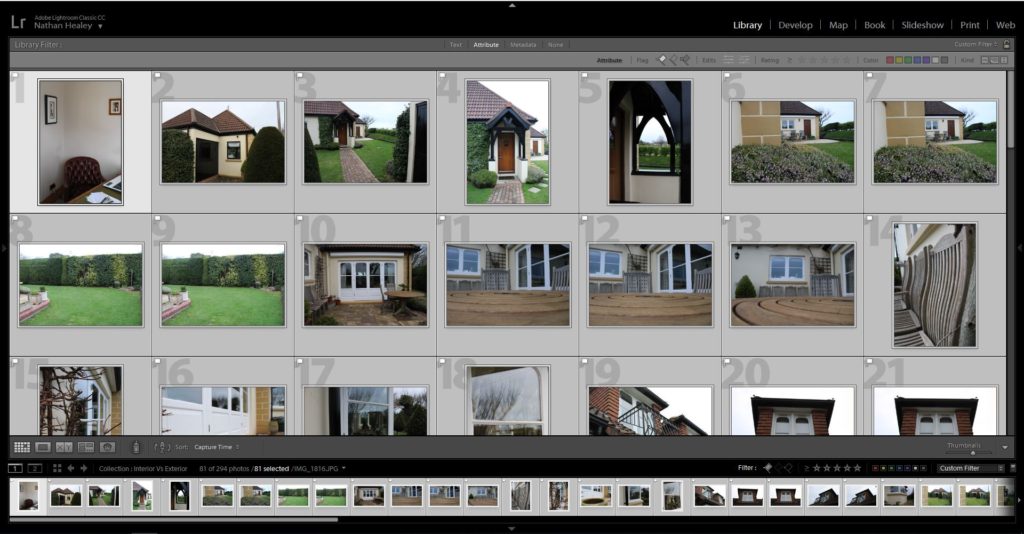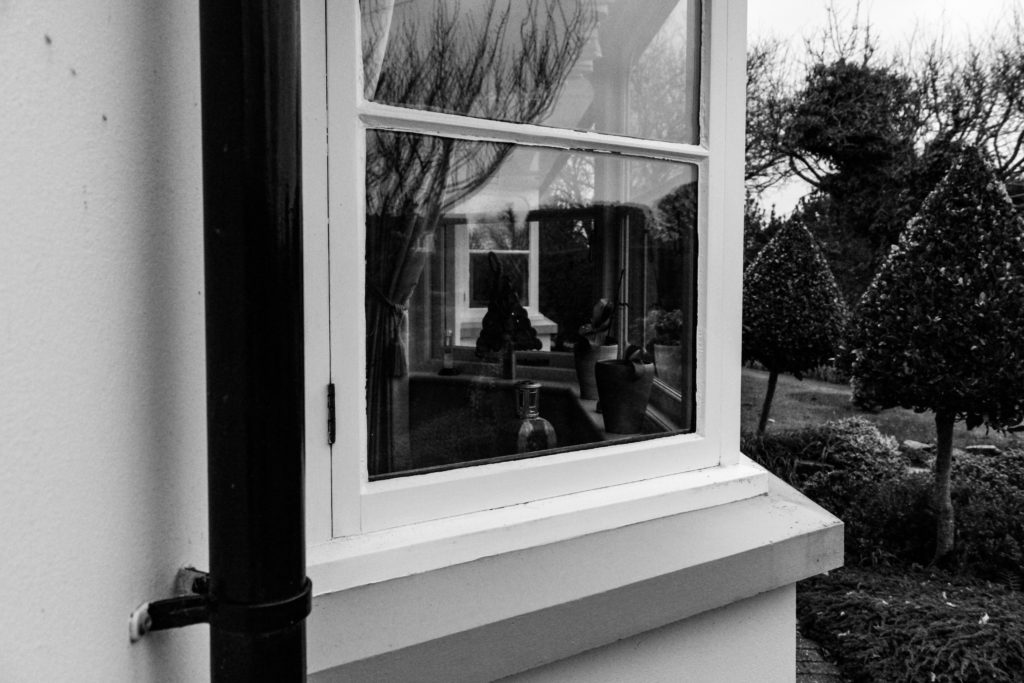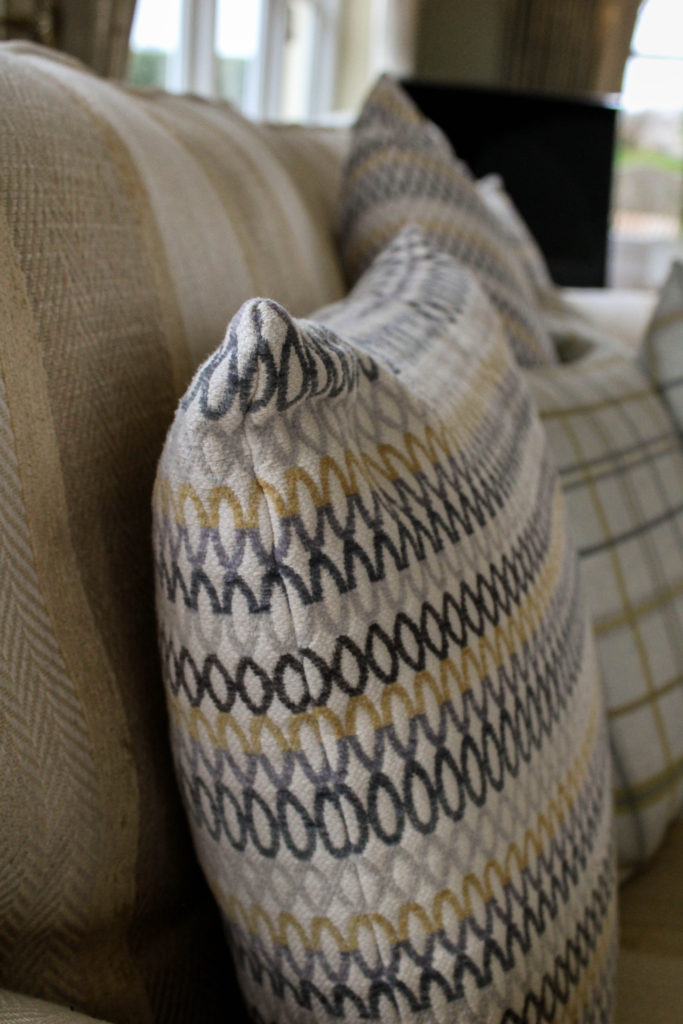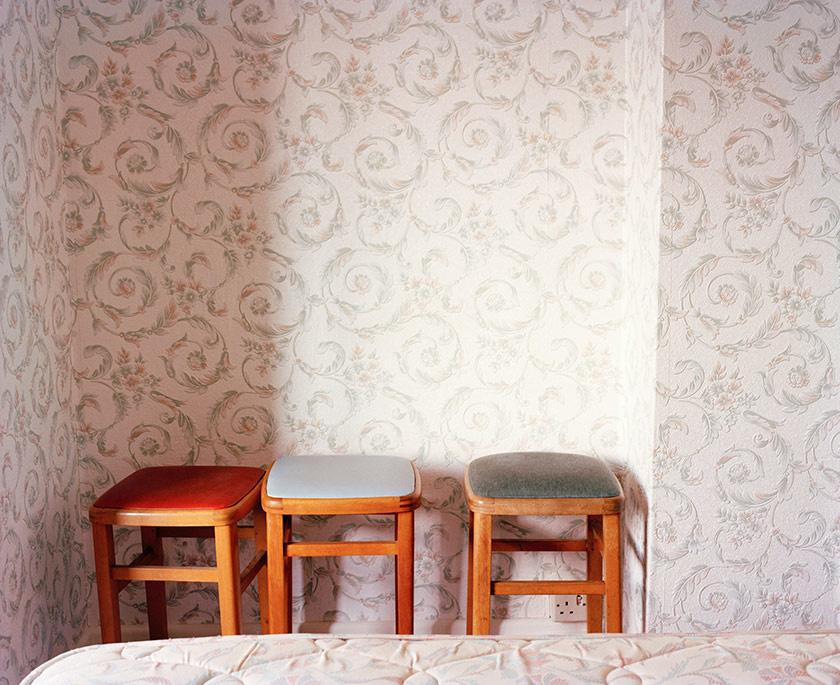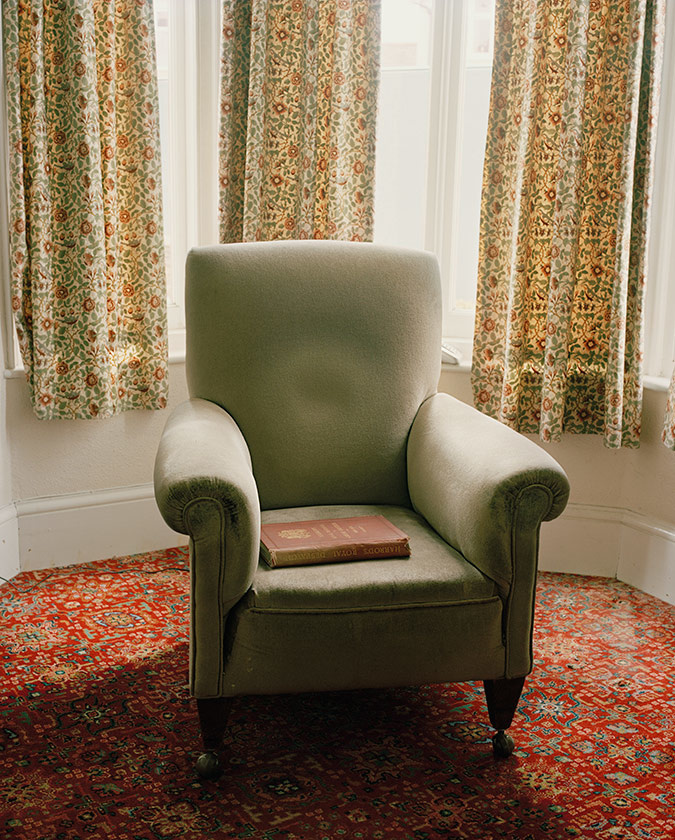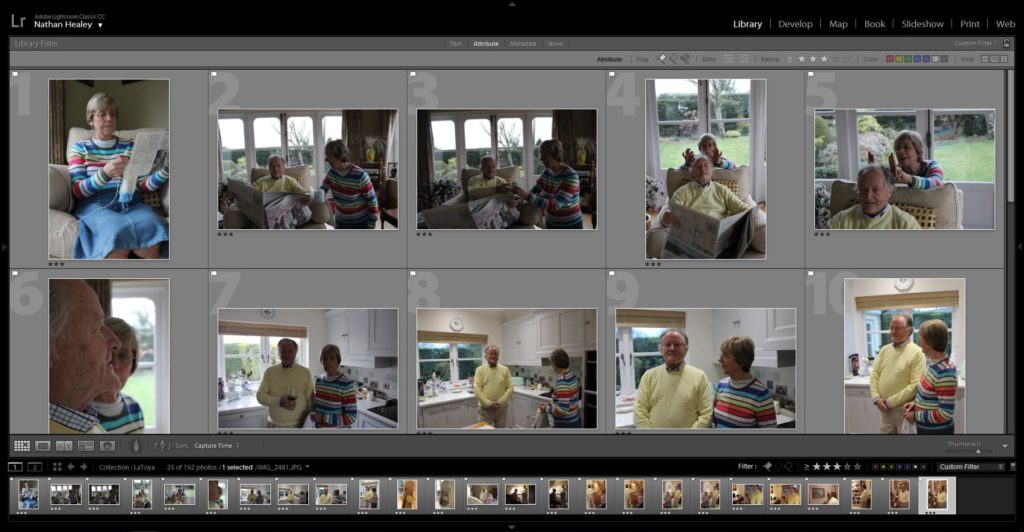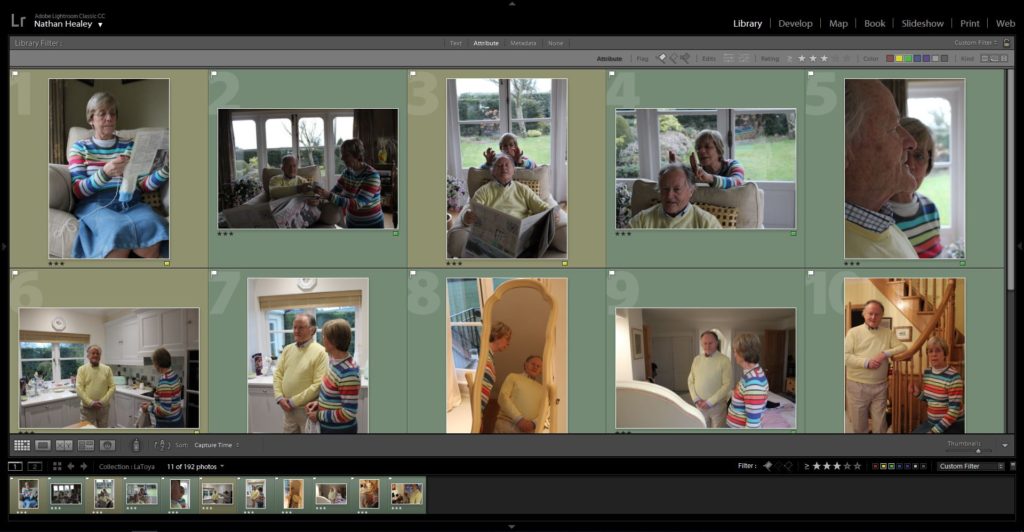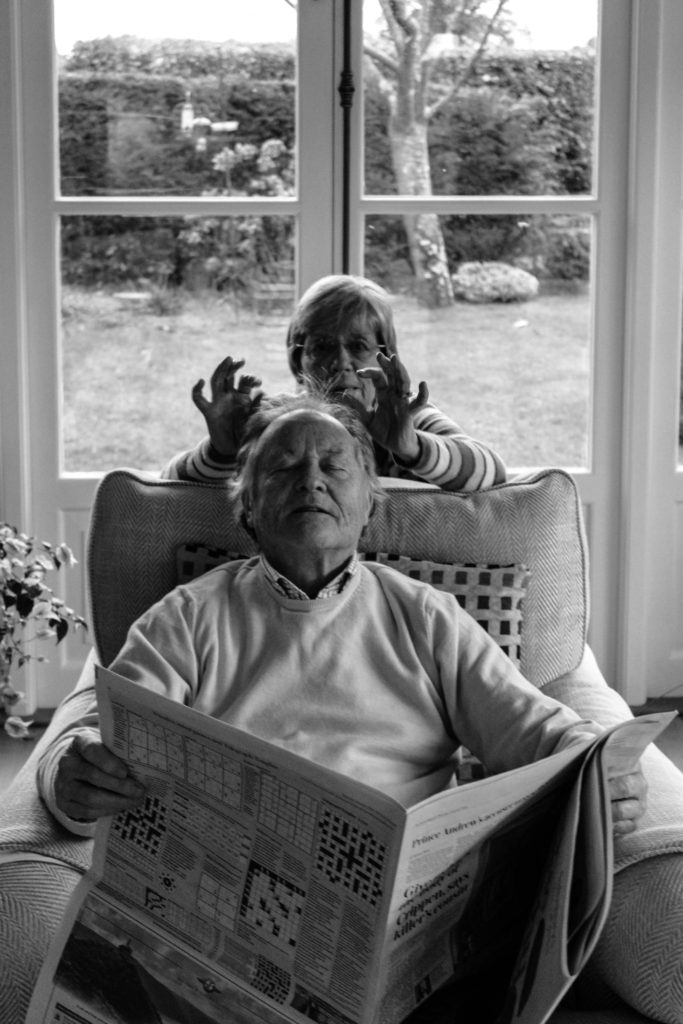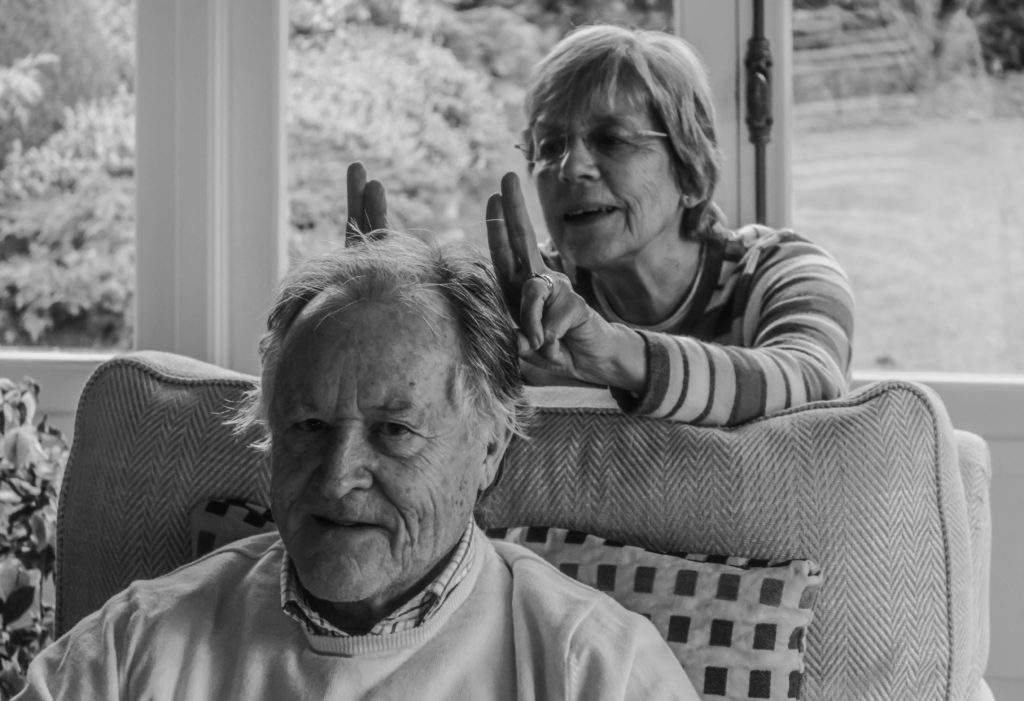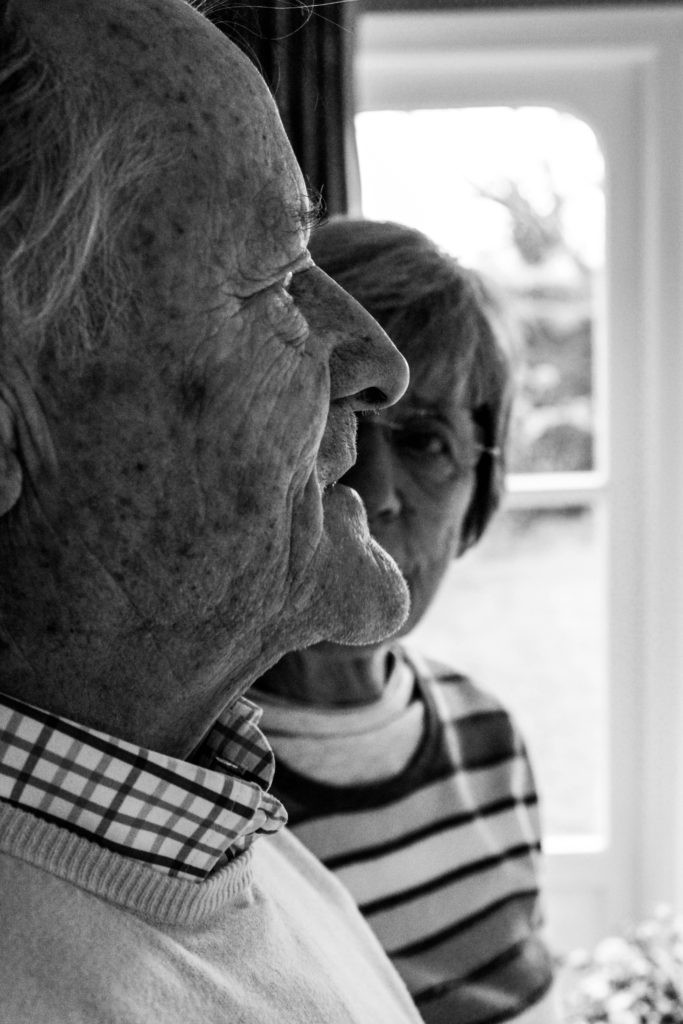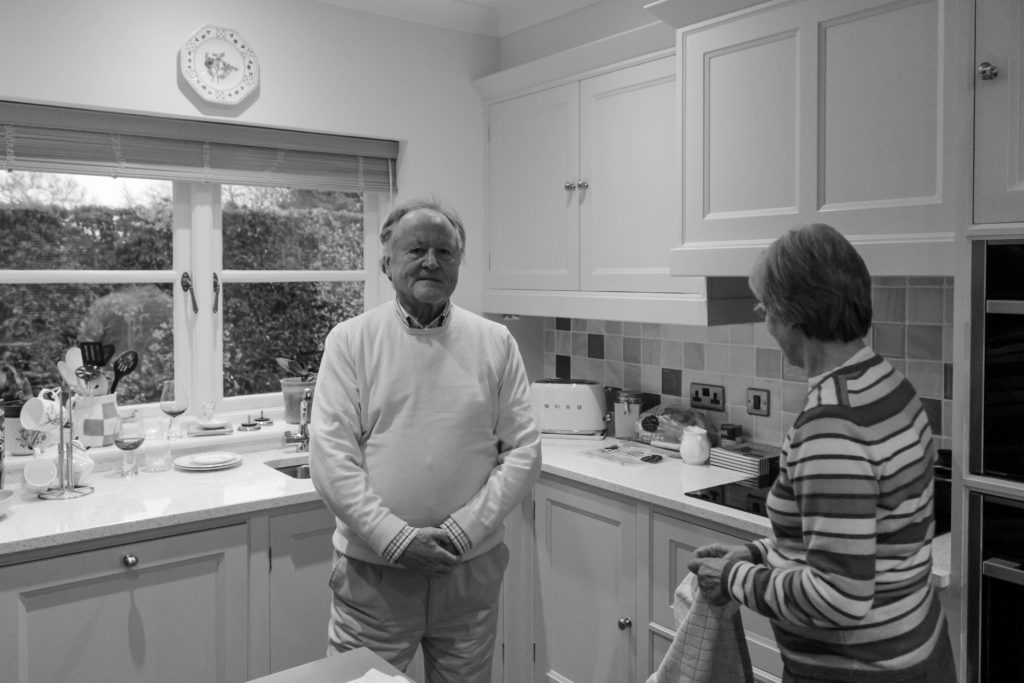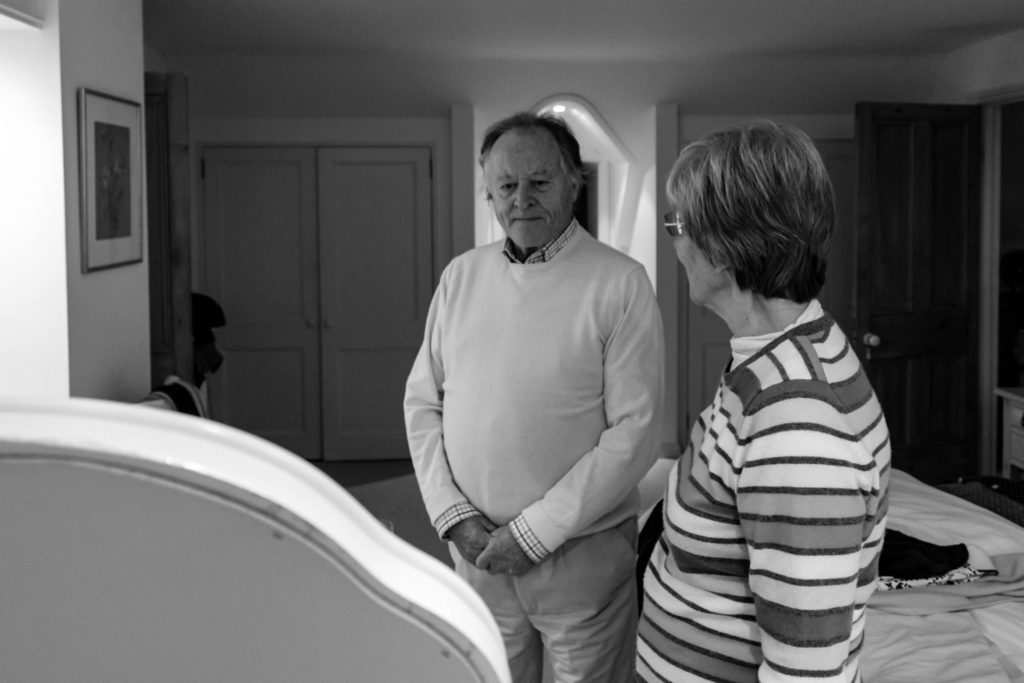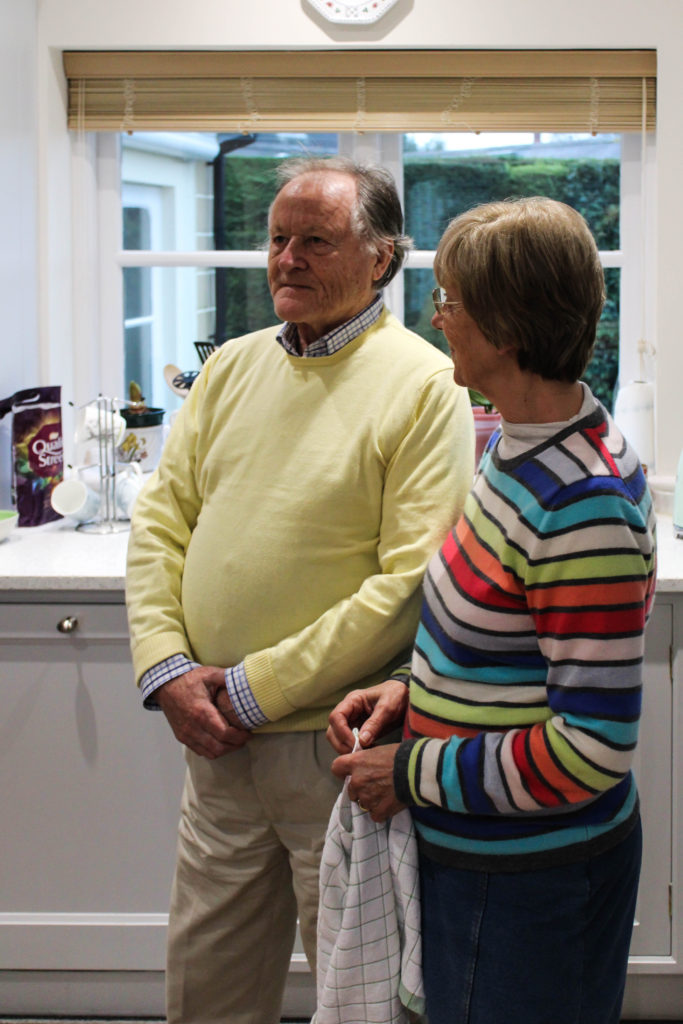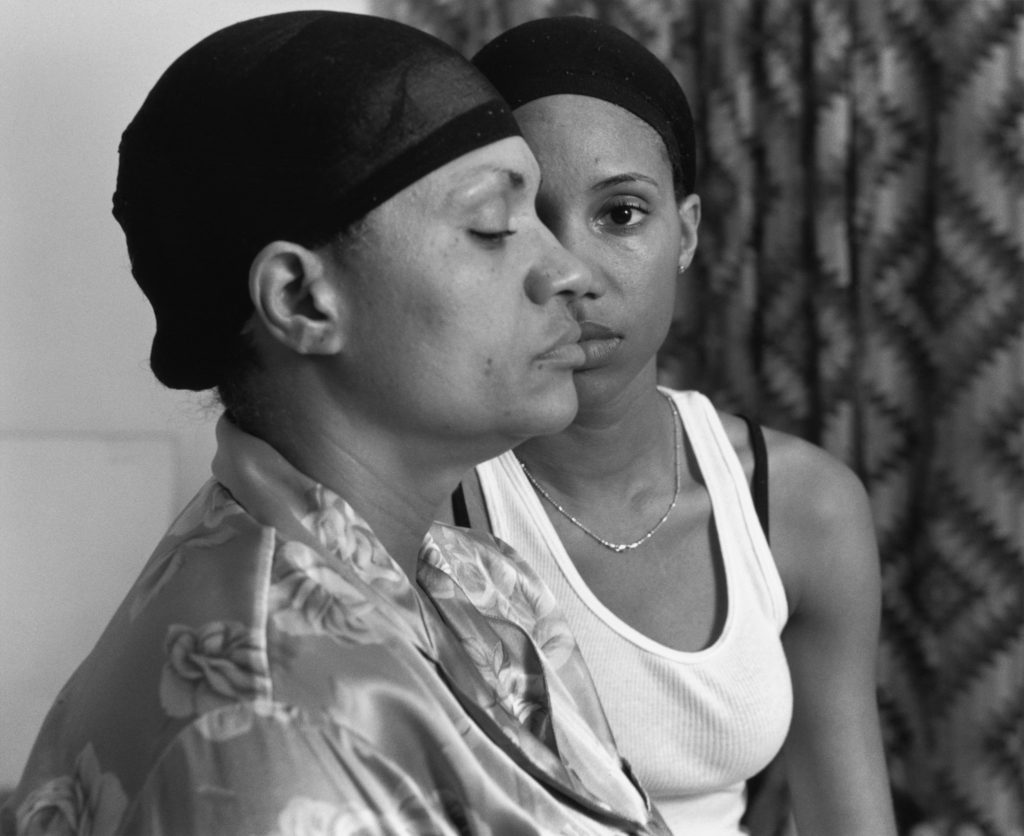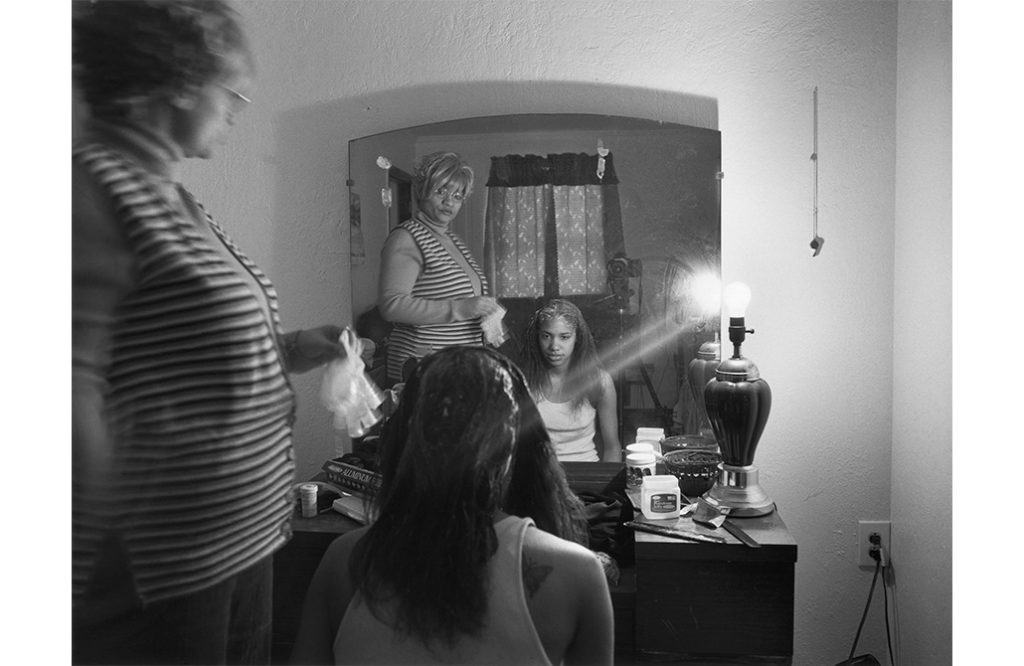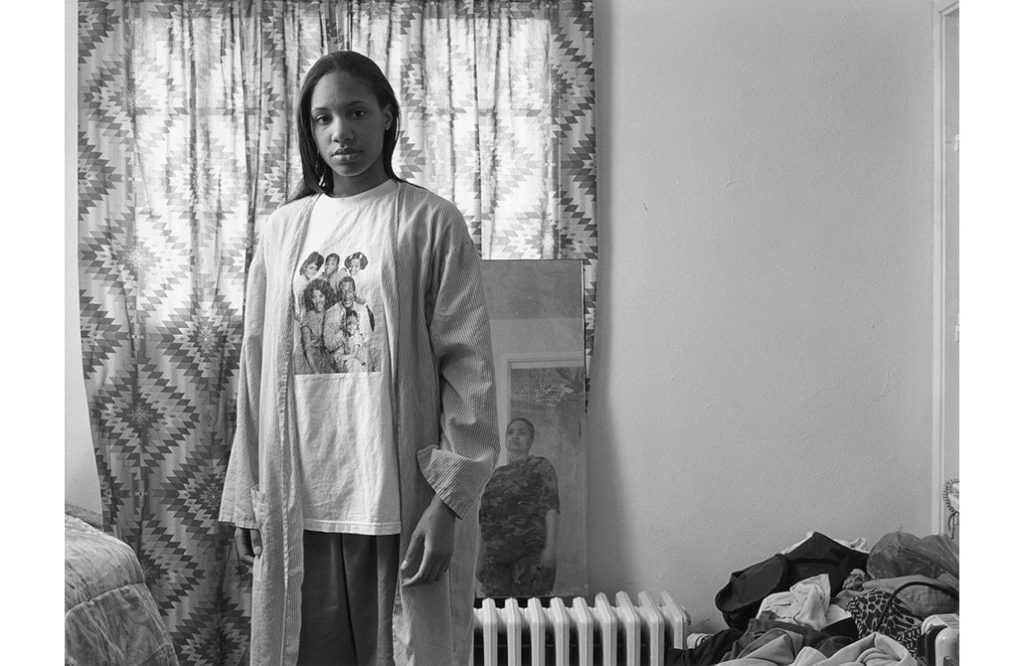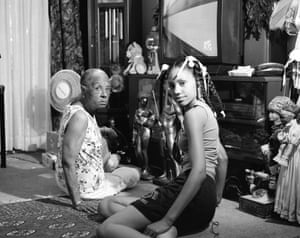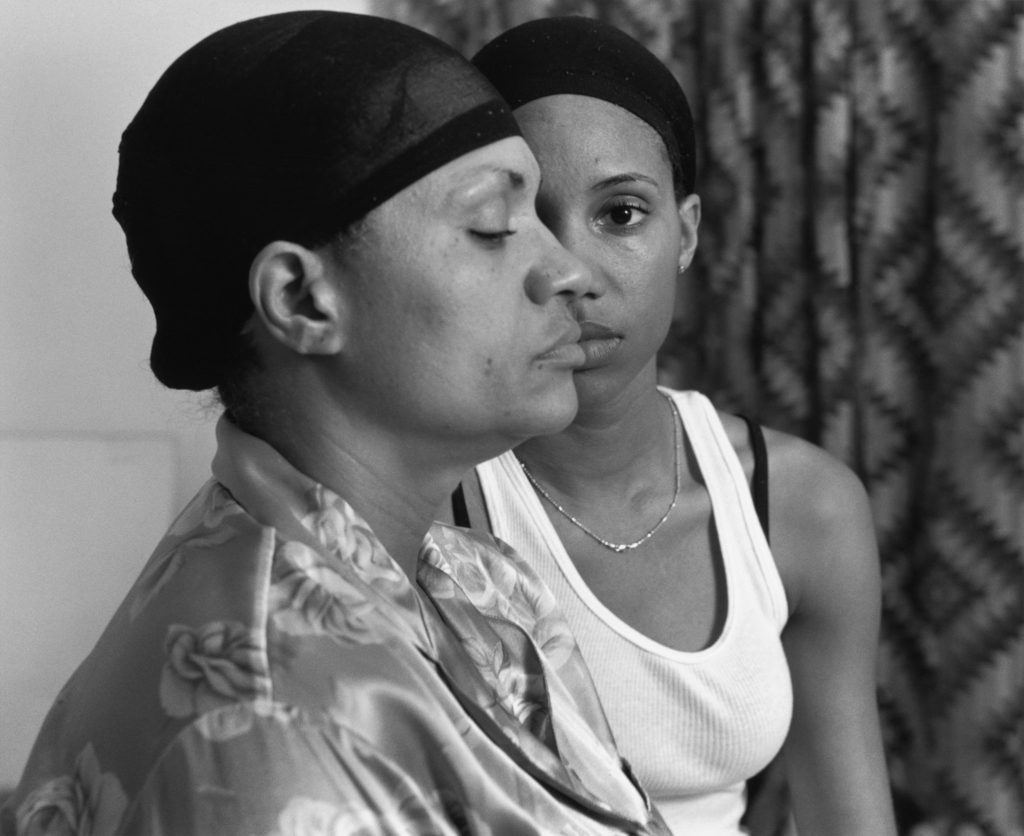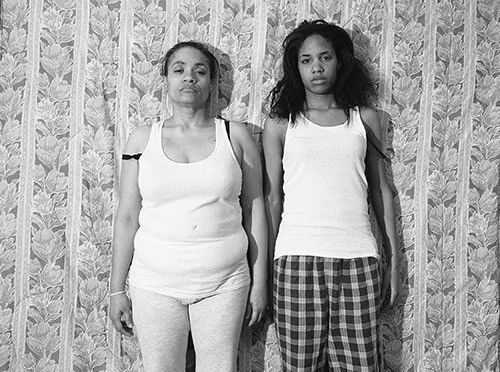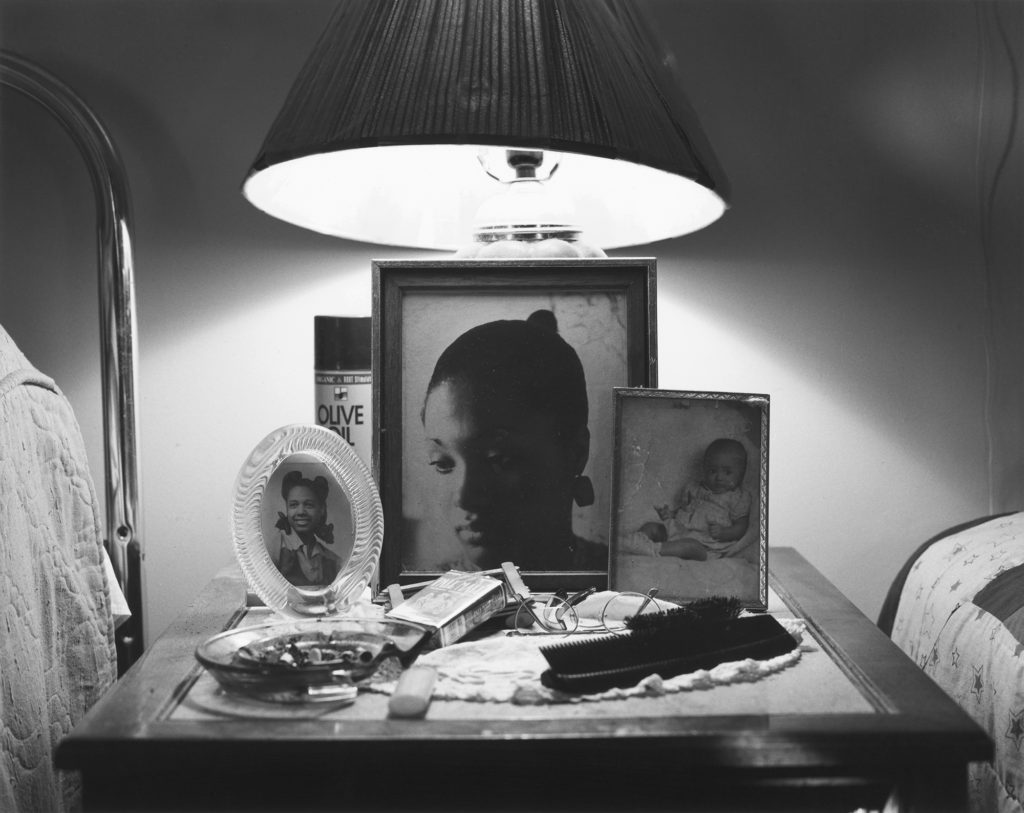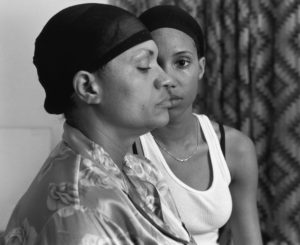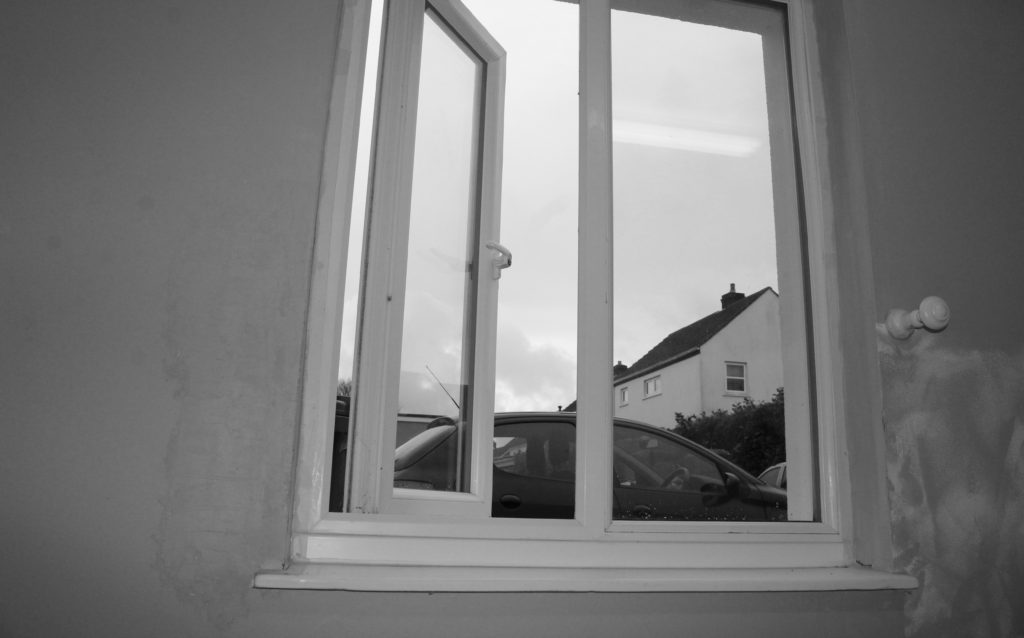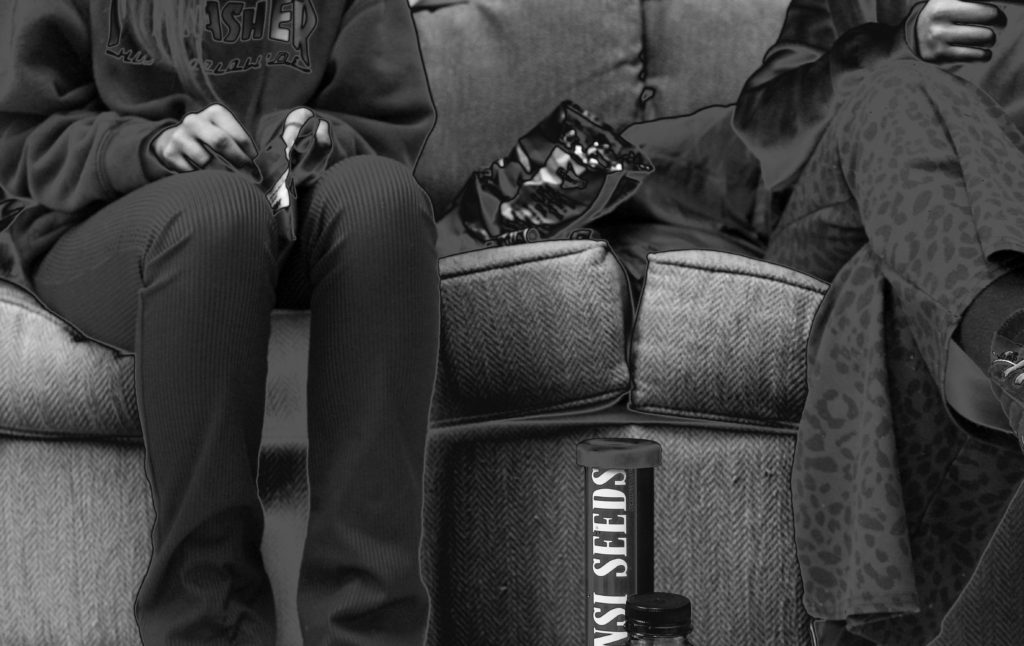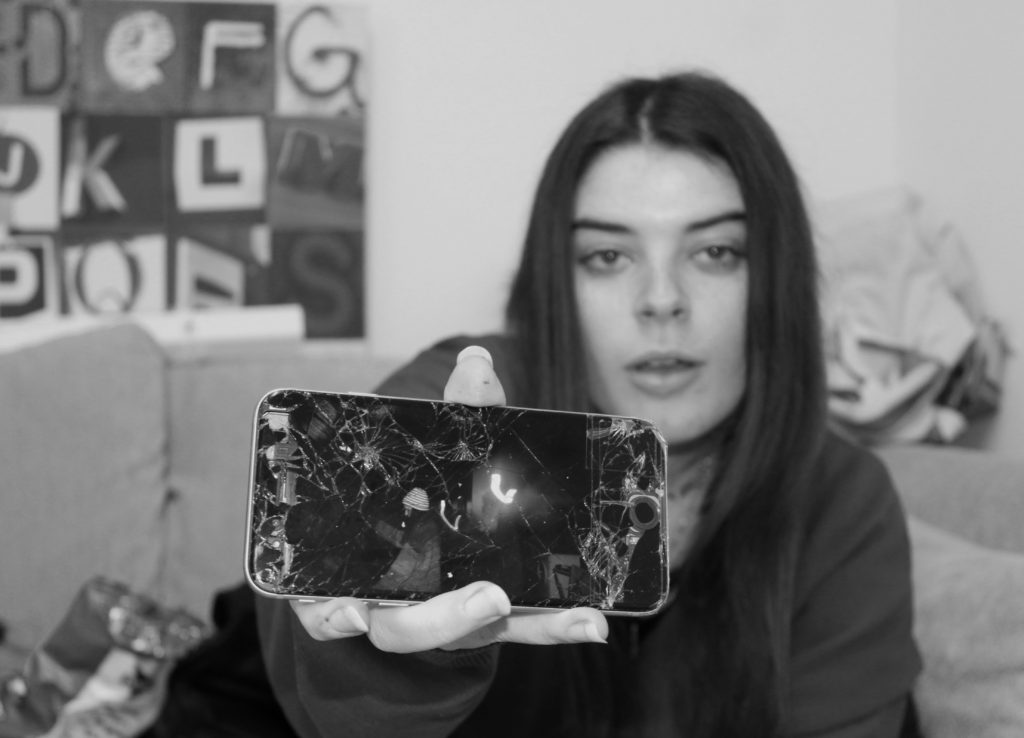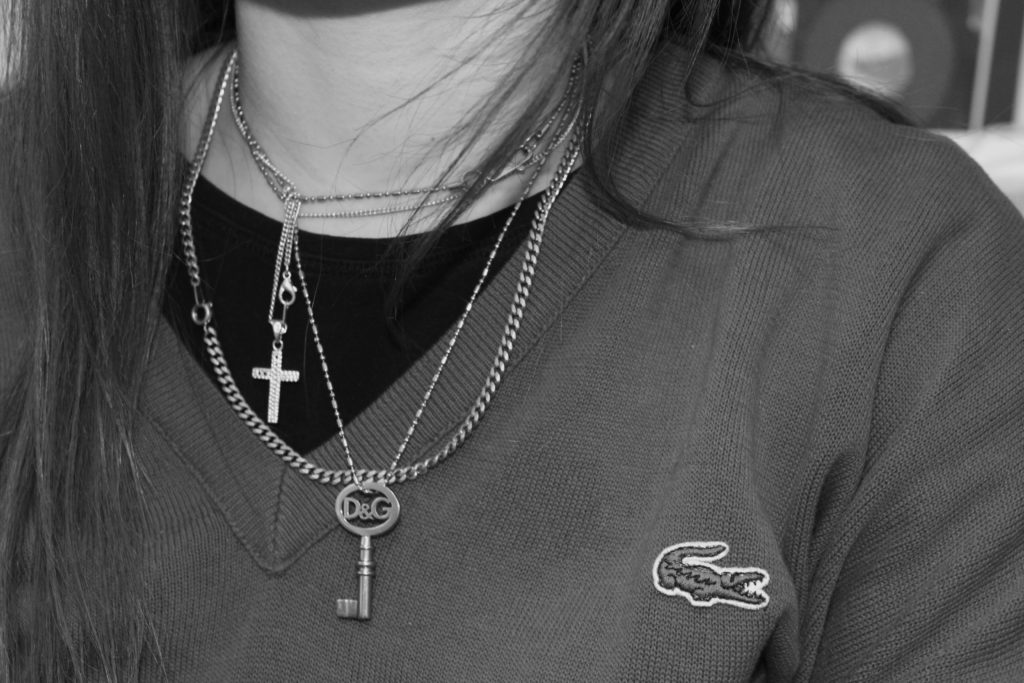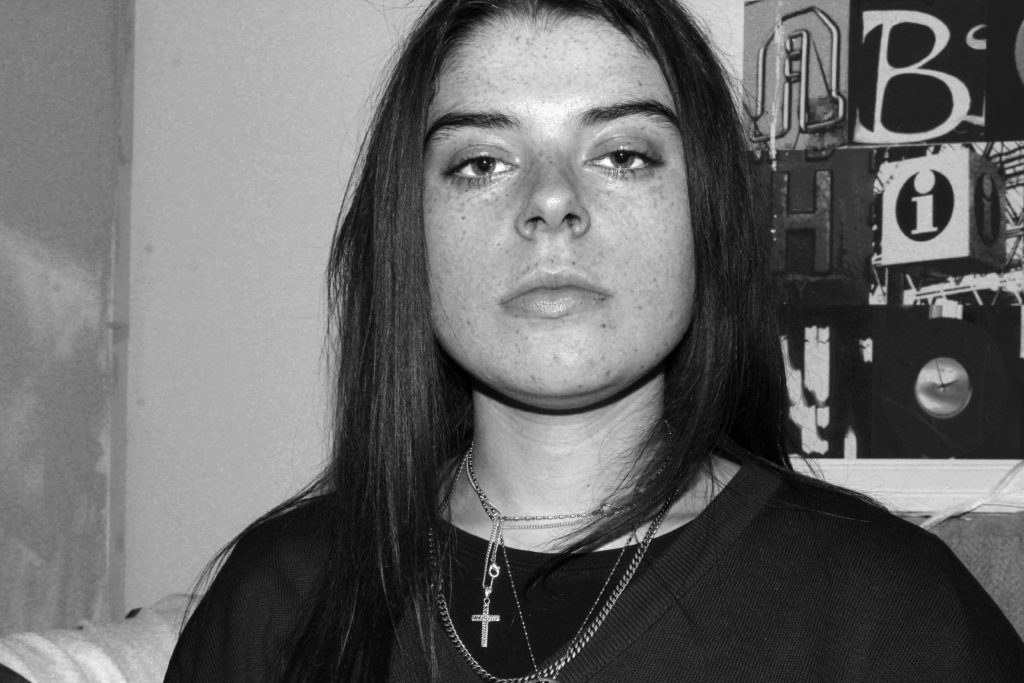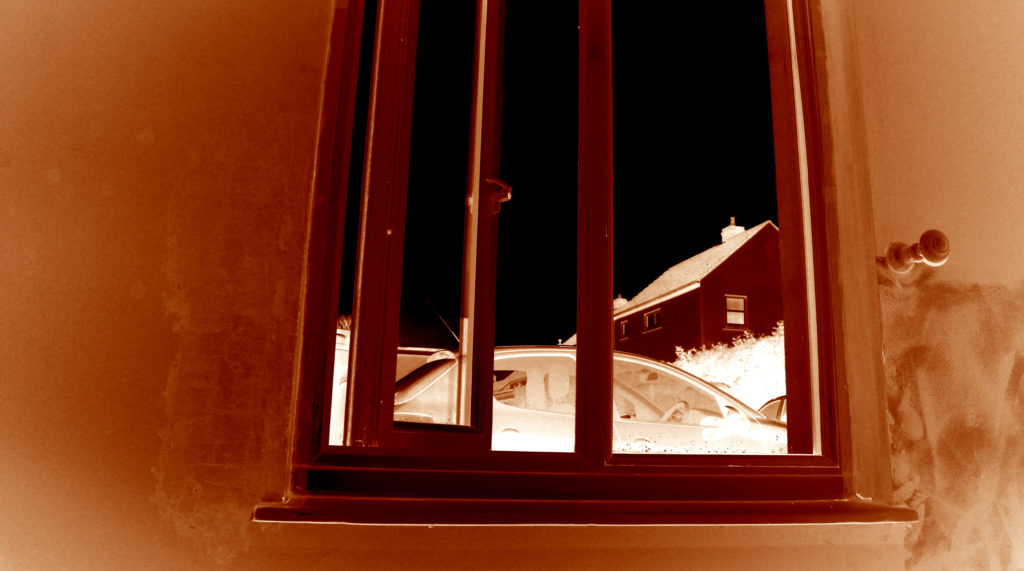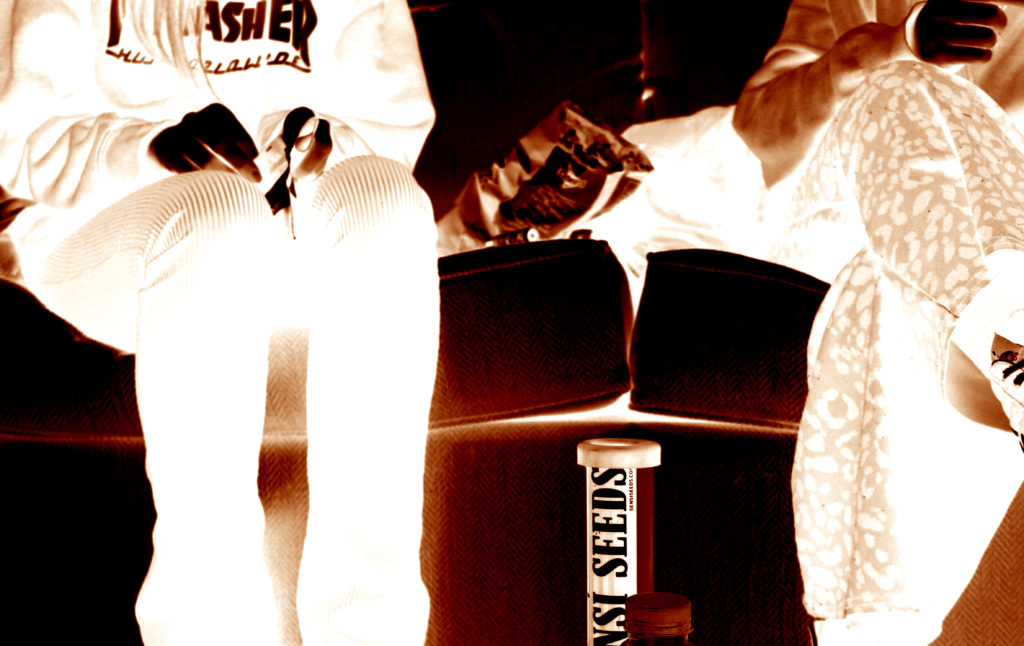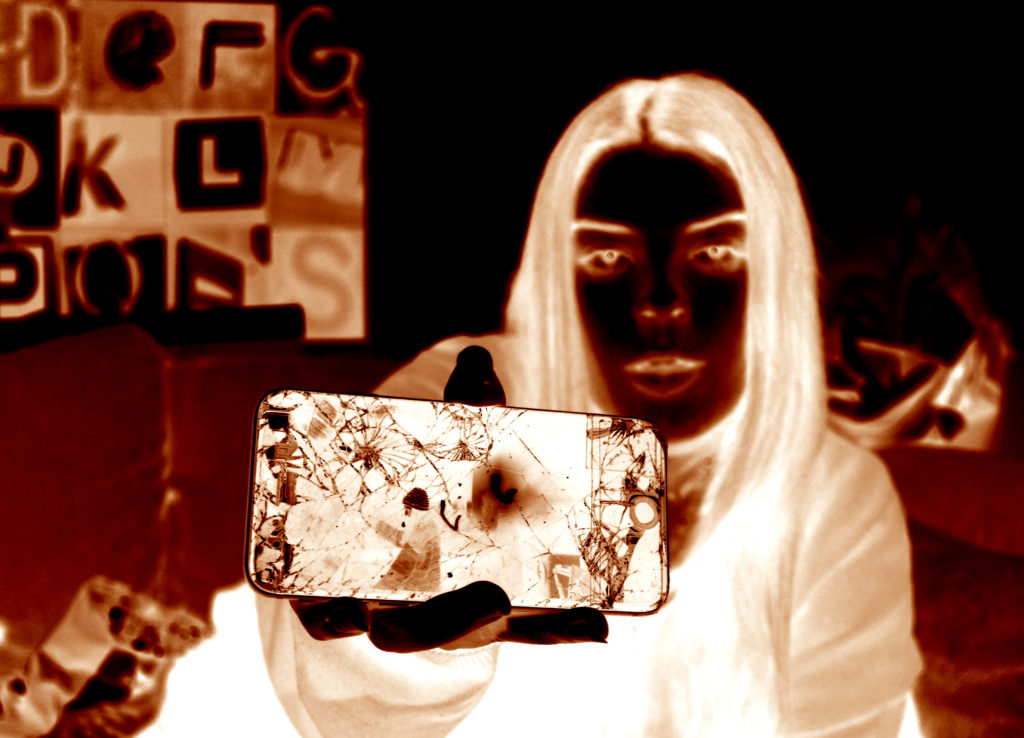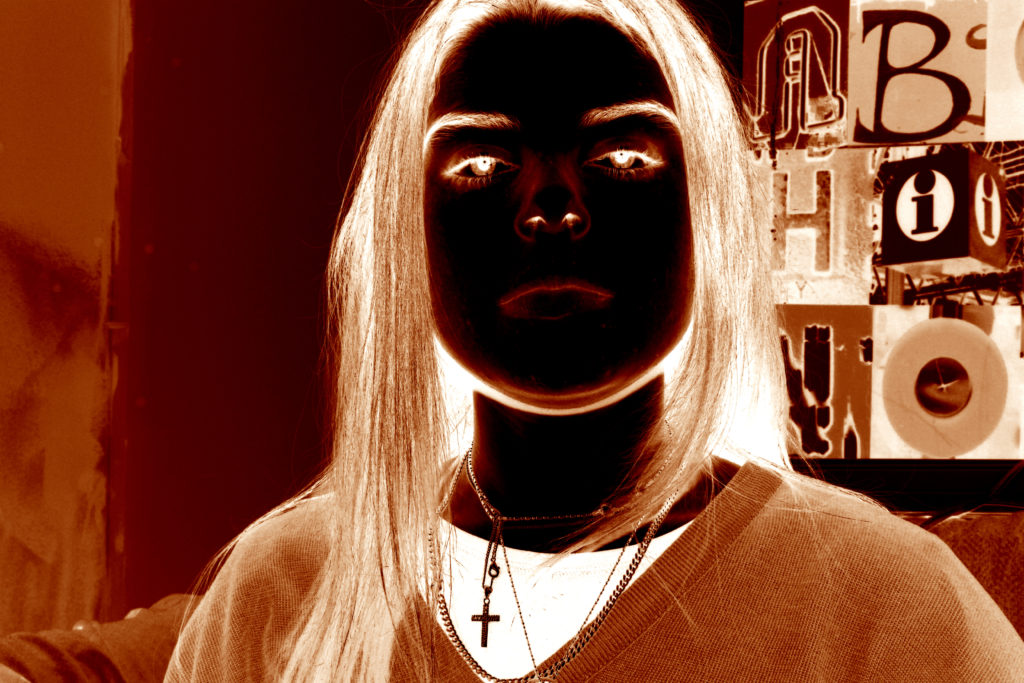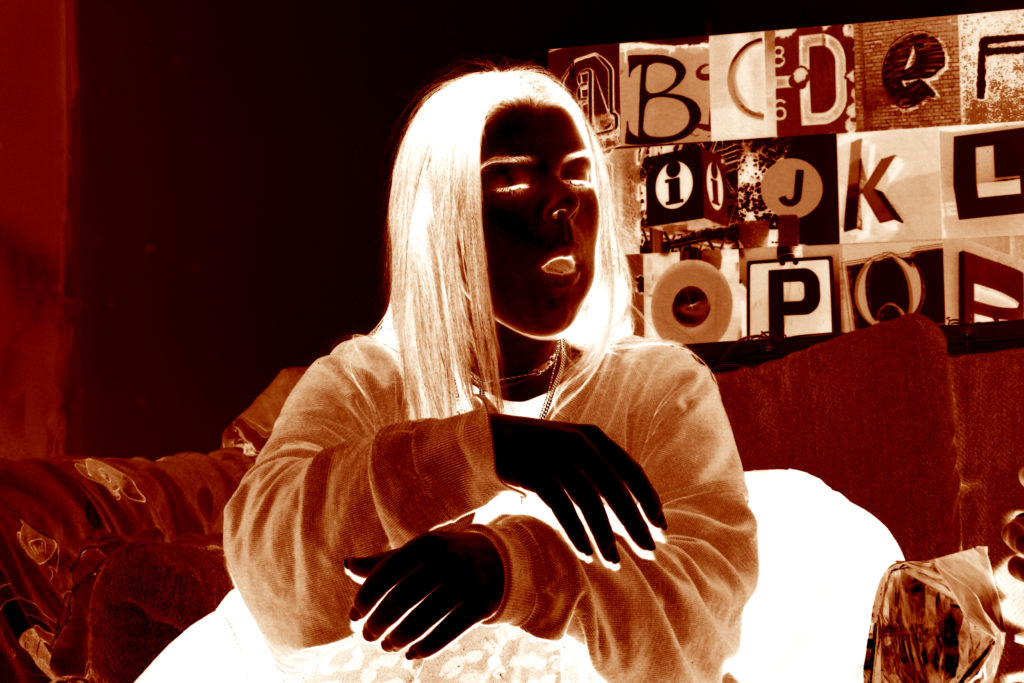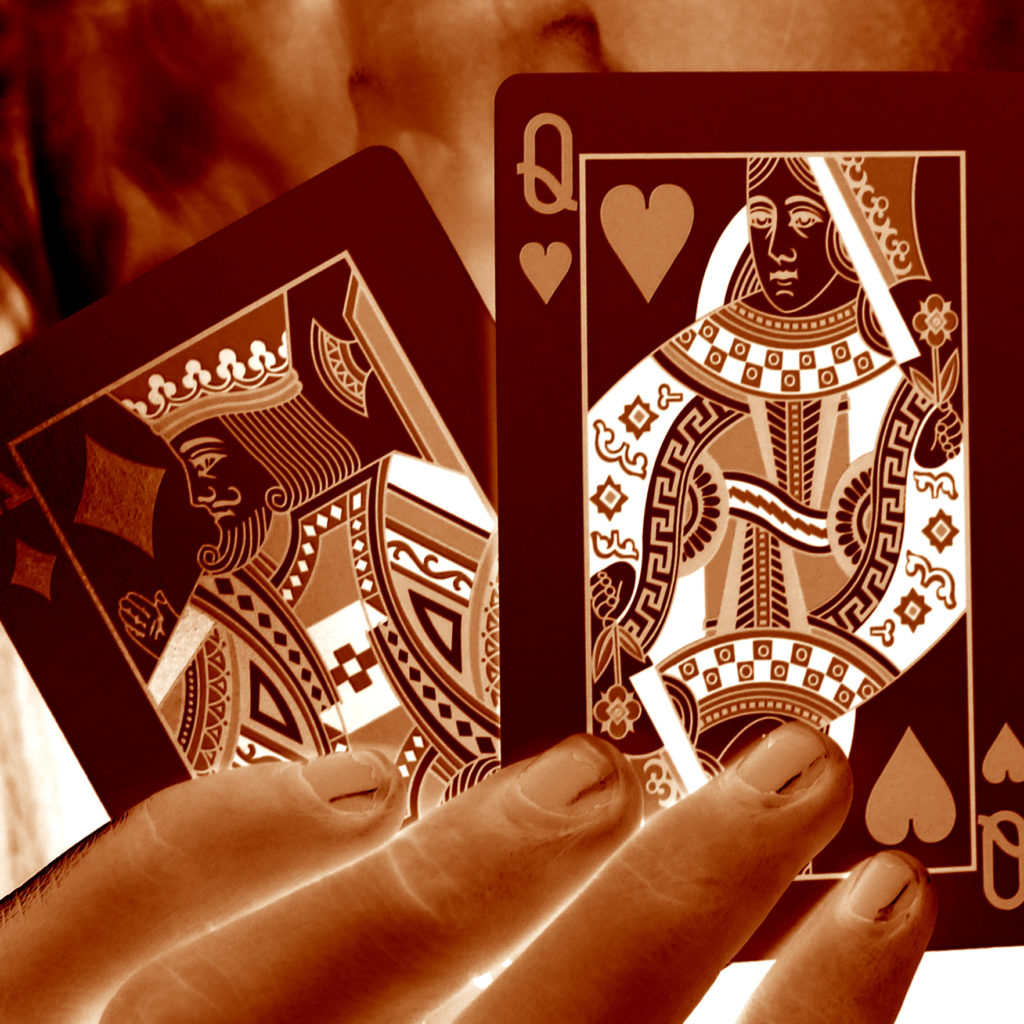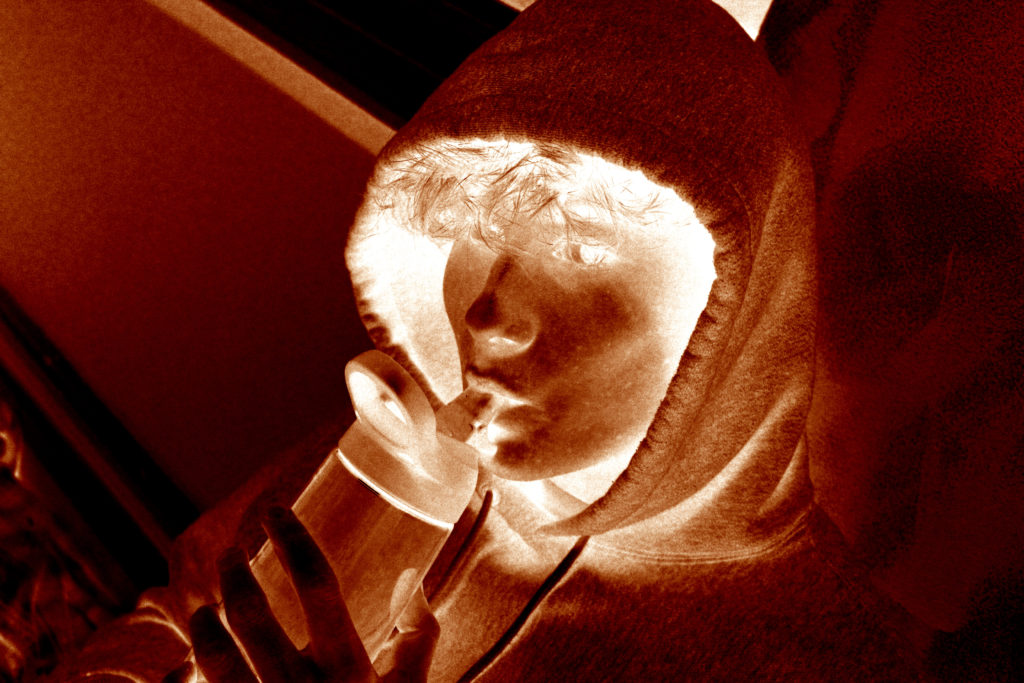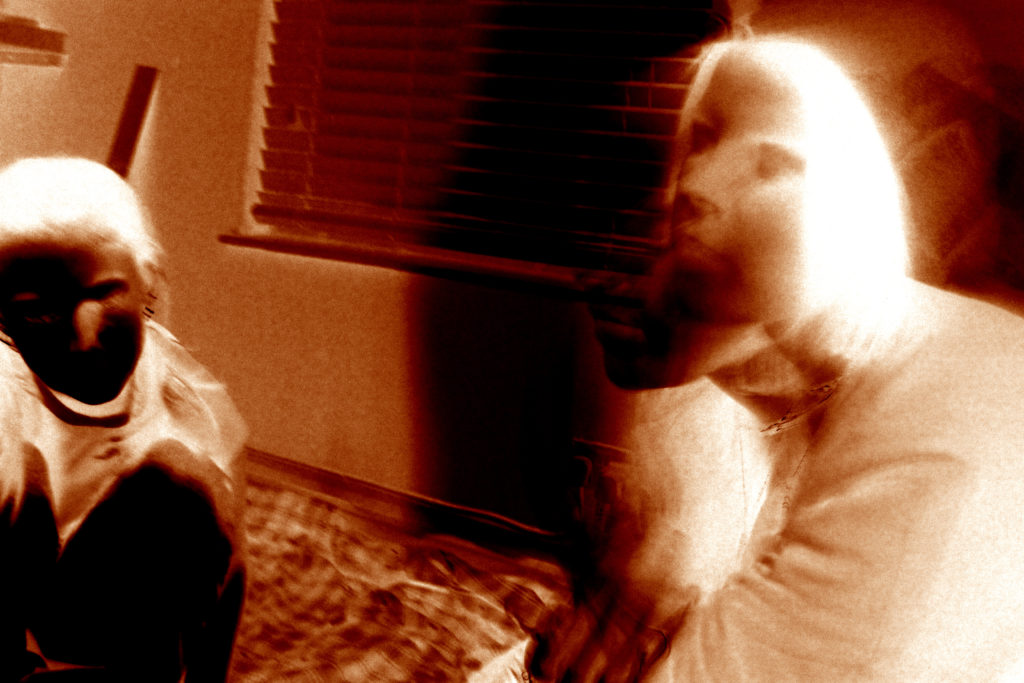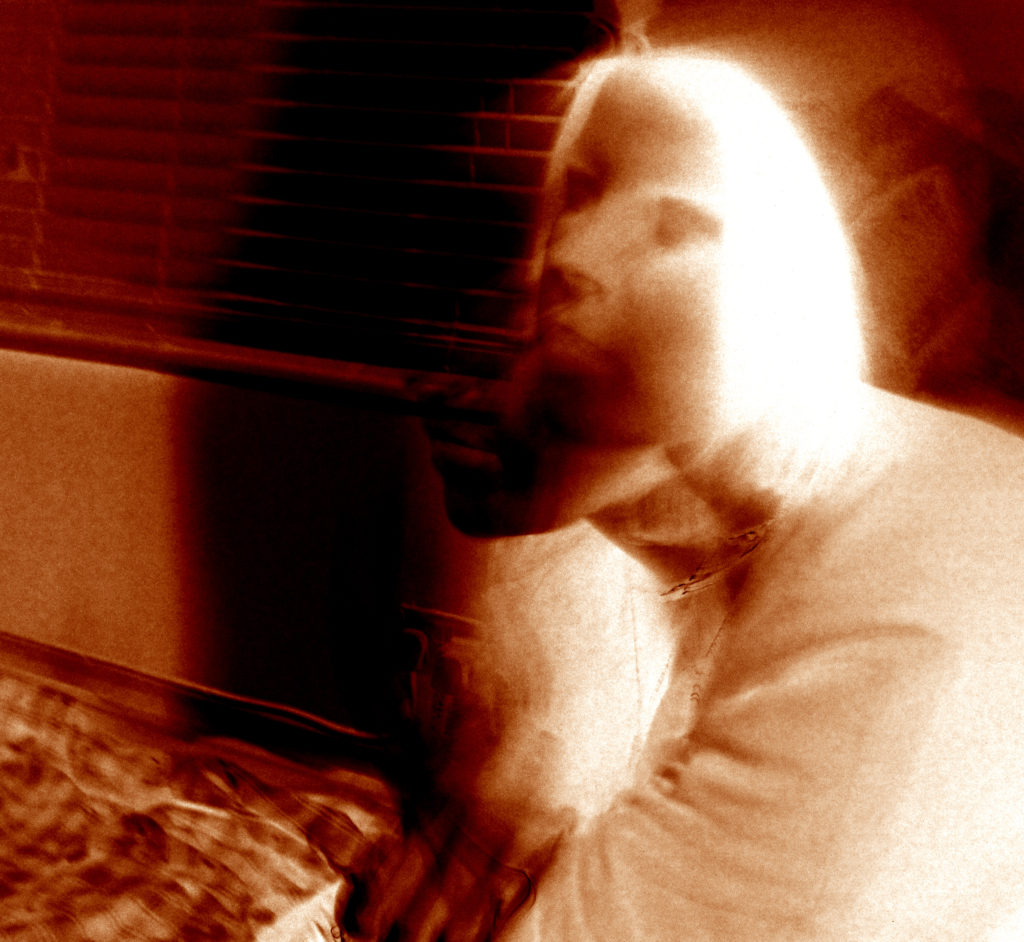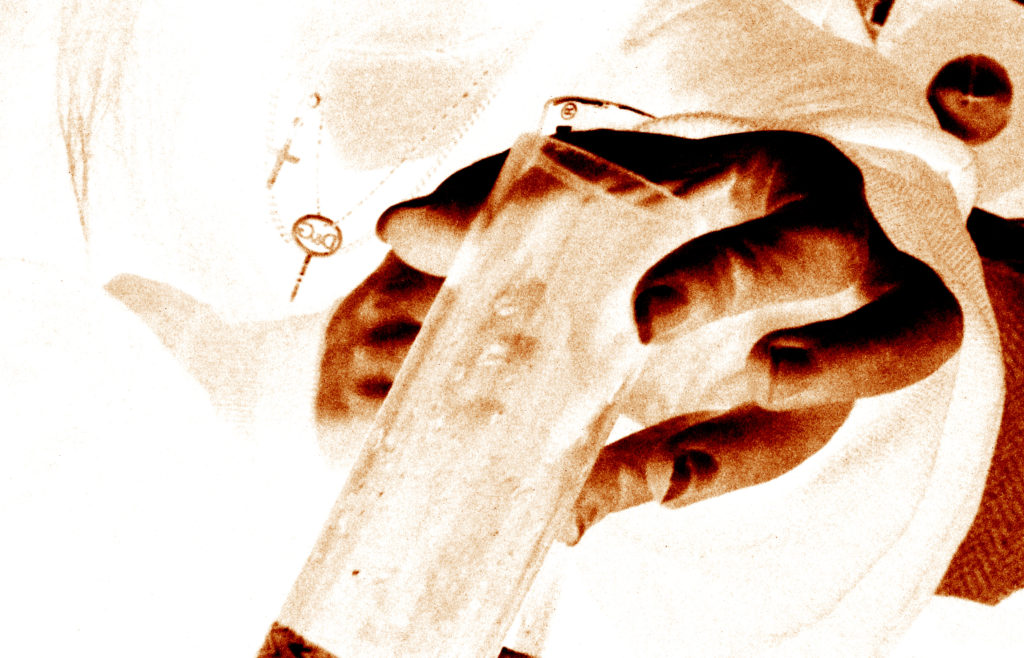In order to get a better understanding of the process of designing and creating a book, I have found an already produced photo-book, and took inspiration from it in terms of the ways that books can be edited together, sequences and designed.
For this, I chose to study the photo-book titled “Redheaded Peckerwood” by photographer Christian Patterson.

Book in Hand: the book is very slightly textured, however the front cover gives the illusion that it is much more textured than it is in reality. I found this interesting, as I had to spend some time deciding whether the cover was in fact smooth or textured, as the cover photo itself acted as a slightly illusion
Paper and Ink: the book makes use of the same smooth photo-paper throughout, with the exception of a number of handouts/pullouts (such as letters, postcards and small leaflets with writing on). The images in the book are both colour and black and white, although there is a larger number of coloured images.
Format, size and orientation: the book itself is presented in portrait, however the images inside are both landscape and portrait. The overall size of the book is slightly shorter than A4, and includes around 100 pages of images (a d around 5 inserts).
Binding, soft/hardcover: the image is a hardcover book, with case binding used to bind the pages together. The book is without a dust-jacket.
Cover: the front cover is made of a card material, and includes an image of 2 subjects smiling and facing the camera. These subjects have been obscured using a grey, pixelated filter, acting as a shroud over the image, as to reduce the detail available to the viewer, and to obscure the image. The front cover does not include the photographer or the title of the book (these are only included on the spine of the book.
Title: the title “Redheaded Peckerwood” derives from the derogatory, slang name for white, lower class individuals living in the South of the USA. The title is most likely used as a derogatory term for the murderers, who are presented as important subjects in the book.
Narrative: the subject matter of the book is the murder case of 11 individuals by 19 year old Charles Starkweather, and his 14 year old girlfriend Caril Ann Fugate. During the later years Starkweathers childhood, he began to develop aggressive tenancies and anger problems. Starkweather eventually became involved in a dispute with a petrol station attendant named Robert Colvert, who Starkweather eventually shot and killed. Both Starkweather and Fugate then proceeded on a violent rampage, murdering 11 individuals including both parents and the younger sibling of Caril. The book itself follows the story of the killings, using both archival and staged images to slowly hint and give clues to the reader as to the sequence of the murders as the book progresses. The narrative of the book follows the story of the murders themselves, and uses more abstract and conceptual imagery to depict the process of the police, the murderers, and the community as the rampage unfolded.
Structure and architecture: the book follows the structure of focusing on the environment of the community in which the murders occurred. The book becomes progressively more detailed in the clues it gives, with the beginning half focusing on the context of the murders, and the images becoming more and more detailed in the second half of the book, focusing on specific objects, details, people and letters that relate to the crimes committed.
Design and layout: the inserts inside the book are the most unique feature. These inserts include letters (written and typed), postcards and documents. These inserts help to add to the narrative of the book, and moves the story along. The images in the book are rarely full-bleed, and instead sit in the centre of each page, with a white boarder around the edges. There are no double page spreads, although many of the images on opposite pages compliment each other in terms of their composition, colour and structure.
Editing and sequencing: the images seem to involve very little editing, and focus is placed on emphasis of the colour, or changing the image to black and white, rather than physically distorting the image. Overall the only place in which editing is obvious is on the cover of the book, as the rest of the images offer a more scientific and stark documentation of the objects they depict, although the meanings behind the inclusion of these images may be more conceptual. Towards the end of the book, the images begin to compliment each other more and more, with the colours and styles of images included becoming a theme that stretches across a number of pages, before changing again. The overall selection of images has been made to progressively hint more and more obviously at the acts and sequence of events of the murders, although no image is too overt in the way it documents the events. All images are conceptual rather than literal, and therefore the selection of images ranges from images depicting the scenery of the community, to archival images of the murderers themselves (towards the end of the book).
Images and text: the author of the book himself includes very little text, and instead relies on archival evidence of correspondence between the police, the murderers, and letters between the murderers and their family. These documents directly compliment the images they re found among, and help to tell the story without the need for an introduction written by the author, as the first few pages of the book includes the confession letter written by Starkweather and Fugate, setting the scene for the rest of the book. The extracts in the book (including a postcard from Starkweather to his father, and the back of the book contains a leaflet of accounts written by writers, critics, and contemporary photographers regarding the case and their opinions on the photographers work. By using a number of archival writings, critics from other members of the photography community, and the murderers own accounts of events, the author is able to sew together a detailed description of the book and case, while at the same time using very little words of his own.


